
Articles on Drought
Displaying 1 - 20 of 616 articles

Calgarians have been asked to reduce their water use. These simple steps can help us all to reduce our water footprint and save money at the same time.

Climate change poses clear risks to human rights around the world. It is essential that people hold governments and decision-makers to account.

On a regional scale, global warming exceeded the Paris agreement’s upper climate target in the northern hemisphere.

African cities with over 10 million residents are getting hotter fast. Millions face disaster in these urban heat islands unless the cities start greening and adapting to climate change soon.
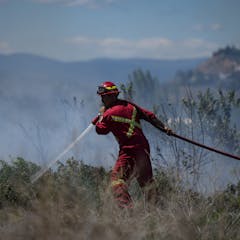
In the lead-up to the 2024 federal budget, there was hope for investments in water management and water-related infrastructure. Those hopes were misplaced.
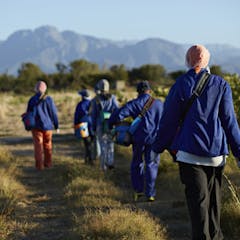
The University of Cape Town’s new report on the impacts of climate change in South Africa found that heatwaves and water stress will affect jobs, deepen inequality, and increase gender-based violence.
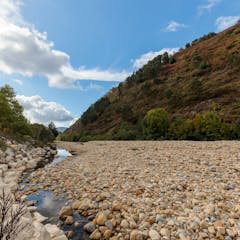
As droughts become more widespread in tourist hotspots, research finds that timers in showers help tourists and university students shorten their showers and save water.
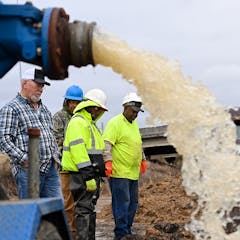
Extreme downpours and droughts, both fueled by rising global temperatures, are taking a toll. Communities trying to manage the threats face three big challenges.

Natural variability in Australian rainfall can produce “mega-droughts” lasting 20 years or more. Add in human-caused climate change, and future droughts may be far worse than imagined.
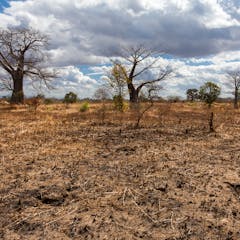
Governments in southern Africa don’t invest enough in weather forecasting and fail to work together to prepare for natural disasters, leaving the most vulnerable exposed to successive droughts.

Declining precipitation, climate change and governance failures will drive water flow scarcity in 2024 with serious implications across Western Canada.

About 60% of the human body is made up of water. Excessive water loss can be fatal.

Projections show that there’ll be Indian Ocean dipoles in the future – and that means more rainy days, and more extreme rainfall.

Recycled waste water is perfectly safe to drink, but many people aren’t keen to use it for anything other than watering plants.

Donkeys provide vital support to women but their lives are often cut short.

Food security experts recommend that rural farmers in Malawi be given access to irrigation systems to free them from reliance on rain, and find ways outside farming to earn an income.

To date, the effects of climate change on global rainfall has been uncertain. New research overcomes this uncertainty – with alarming results.

Qanats are an ancient system which could be a useful way of getting water to farms in arid areas.

The impacts of record heat on the global water cycle were severe and wide-ranging – and the trend will continue in 2024.

Achieving continuous supply requires both a realistic assessment of the situation and a realistic plan to meet the goal. The Government of India’s new initiatives have neither.
